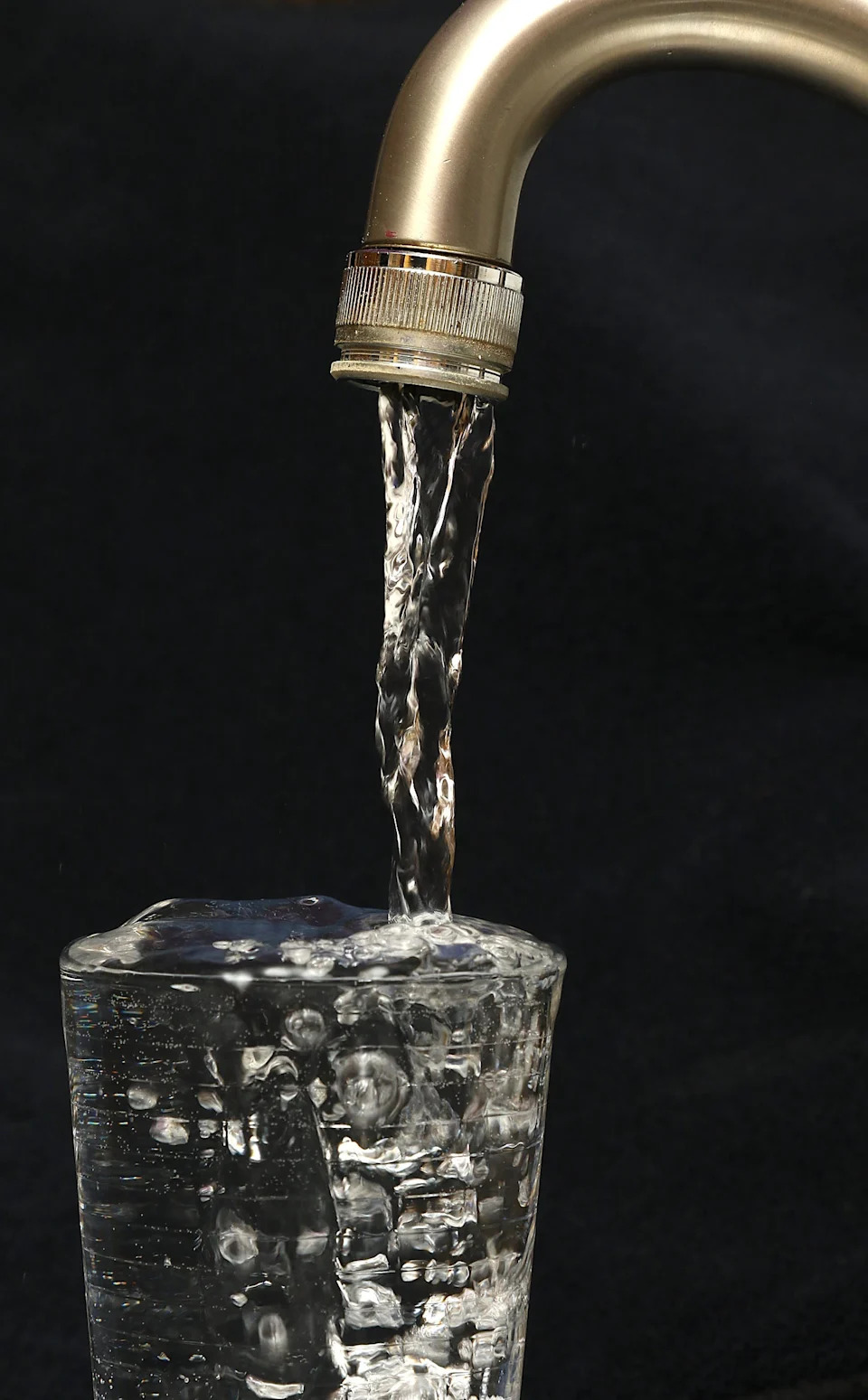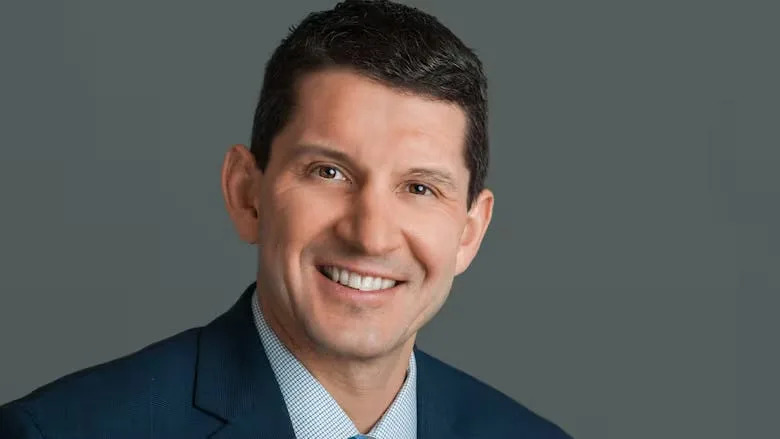Bloomington’s water utility wants to increase residential customers’ bills by about 20%, or $6 per month. The city’s proposal has to be approved by state regulators, but the city expects rates to hit customers’ bills in mid- to late 2026.
The city had announced in mid-August that it planned to file a rate hike request, though the city did not provide details at the time. Officials said Monday that rates for other types of customers also would increase, though the officials did not provide details. The city did not immediately reply to an email requesting that information.
A consultant for the city told the Bloomington Utilities Service Board Monday that the city’s revenue is not enough to cover rising operational costs and planned expenses to repair and replace aging infrastructure.

Jennifer Z. Wilson, managing director of accounting/consulting firm Crowe LLP, said without the hike, the utility's current operational costs and planned expenses would have the utility operating with an annual shortfall of $6.6 million.
To eliminate that shortfall would require a revenue increase of about 30.5%, she said, though she emphasized that customer classes — residential, industrial, etc. — would see different increases depending on class and usage.
Residential customers who use about 5,000 gallons per month would see the water portion of their utility bill rise to $36.64, up $6.04 from the current rate, she said. That would be an increase of just under 20%.
Wilson did not provide details about how non-residential customers would be affected by the rate increase. CBU did not immediately reply to an email asking for that information. The city also has not fulfilled a public records request from The Herald-Times for a rate study, even though a city spokeswoman said via email last week that the city anticipated being able to provide the study by the end of last week or sooner.
Wilson said the additional revenue from the rate hike would allow the utility to take on new debt to pay for some of its planned infrastructure upgrades and it would enable the utility to significantly increase the amount of money it spends annually to replace aging water pipes.
The utility plans to spend about $7 million per year each on paying back borrowed money and on extensions and replacements of water pipes. The utility also spends about $15 million per year on operating costs, of which 42% are related to employees. Materials and supplies account for about 14% of operational costs, with 11% going toward purchased power and 10% toward chemicals.
CBU Director Katherine Zaiger told Utilities Services Board members the utility is planning infrastructure investments to create a “redundant and reliable system.”

The utility’s capital improvement plan of $84 million through 2029 includes upgrades to electrical and instrumentation systems, some of which are reaching the end of their life, Zaiger said. The utility wants to upgrade those before they become a big problem, she said. CBU also wants to make sure that chemical lines, tanks and pumps, which ensure the utility can properly treat and pump the water, are up to date.
“We just have a lot of big projects … that we really need to get going on,” Zaiger said. “This would put the plant in a really great place for the future.”
She also said the rate hike would help the utility offset rising operational costs. Zaiger said the last rate increase was based on pre-pandemic figures, and inflation since then has made operational costs so expensive that current rates simply are not high enough to keep up with inflation.
USB Vice President Kirk White said the utility needed more money in part to catch up on delayed projects and in part to prepare the community for growth.
“We’ll be in a spot where we can produce as much as we expect to need,” he said at the meeting Monday.
And USB member Jim Sherman said that while he understood rate increases hurt, the ones proposed by CBU were “well warranted.”
Wilson said that among 39 Indiana cities with a population of at least 25,000, Bloomington’s current water rates were the 30th highest. After the increase, the rates would be the 26th highest, notwithstanding any increases that other utilities request in the interim.
The rate hike proposal will be discussed in upcoming meetings, including a public information session hosted by CBU at 5 p.m. Friday, Aug. 29. You can join the meeting via Zoom at tinyurl.com/5h9r854u with meeting ID 827 3829 9871and passcode 980782.
The USB is set to vote on the matter on Sept. 8, after which the city council would weigh in, before the request would be submitted to the Indiana Utility Regulatory Commission, which will have final say.
Boris Ladwig can be reached at [email protected].
This article originally appeared on The Herald-Times: Water utility in Monroe County reveals how much it wants to hike rates








Comments